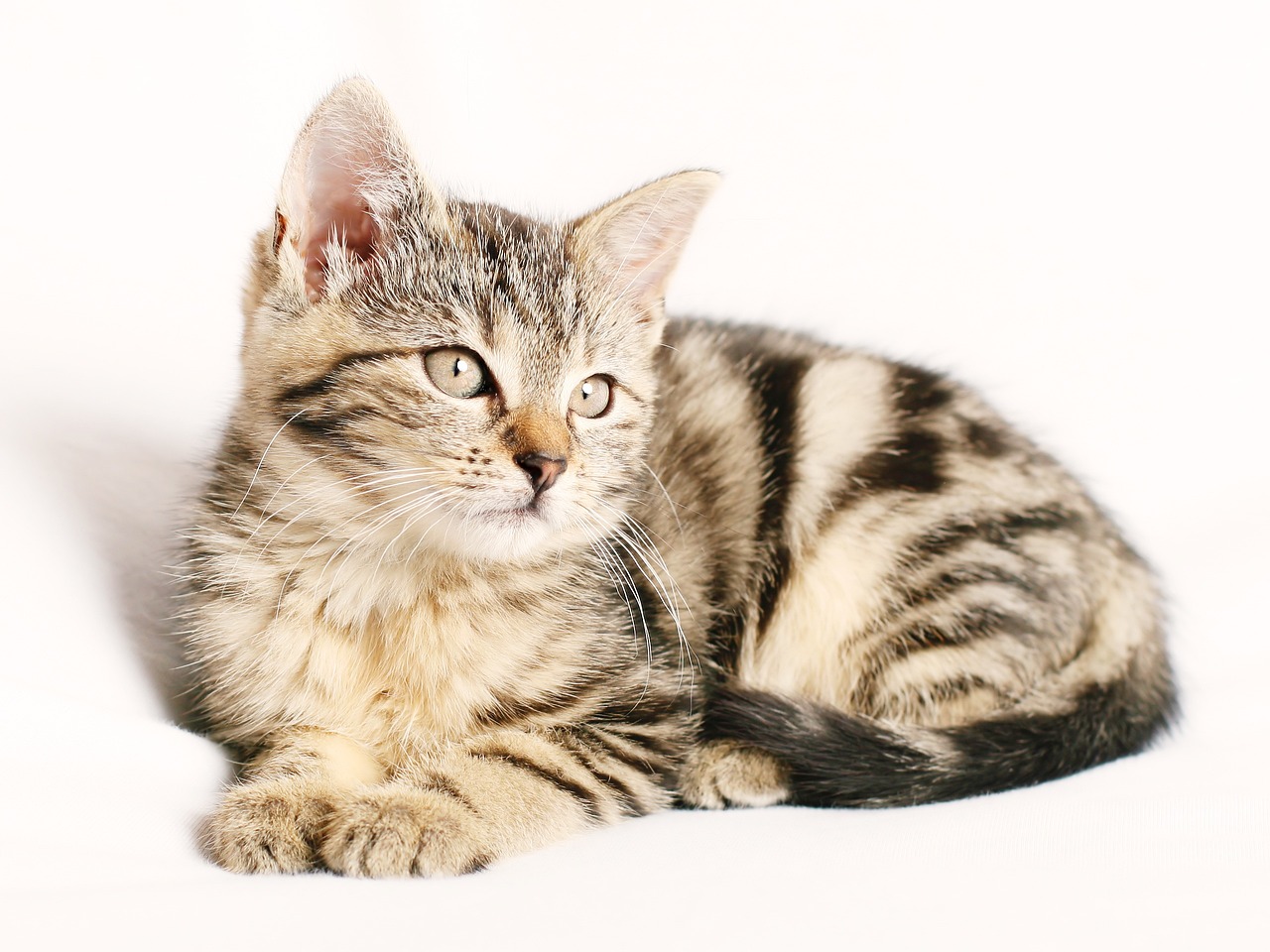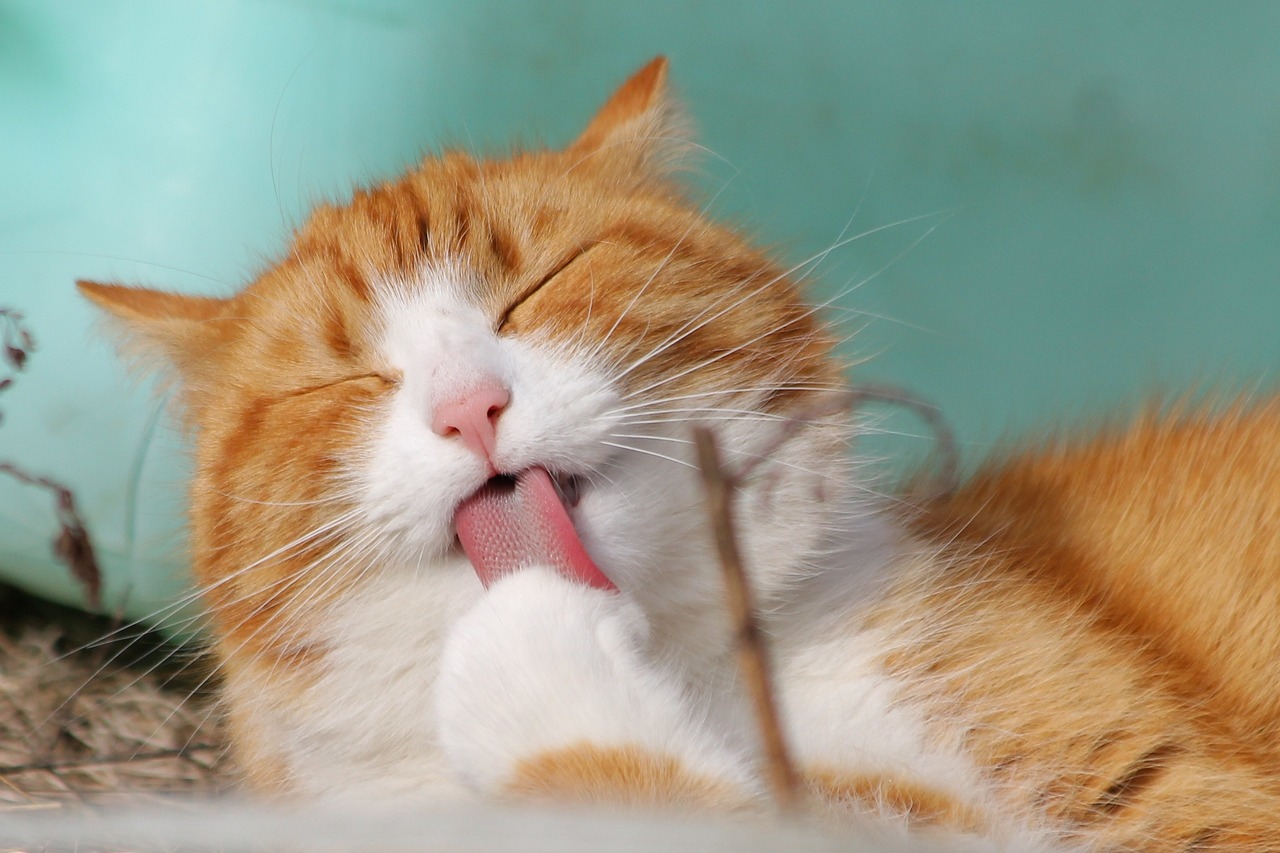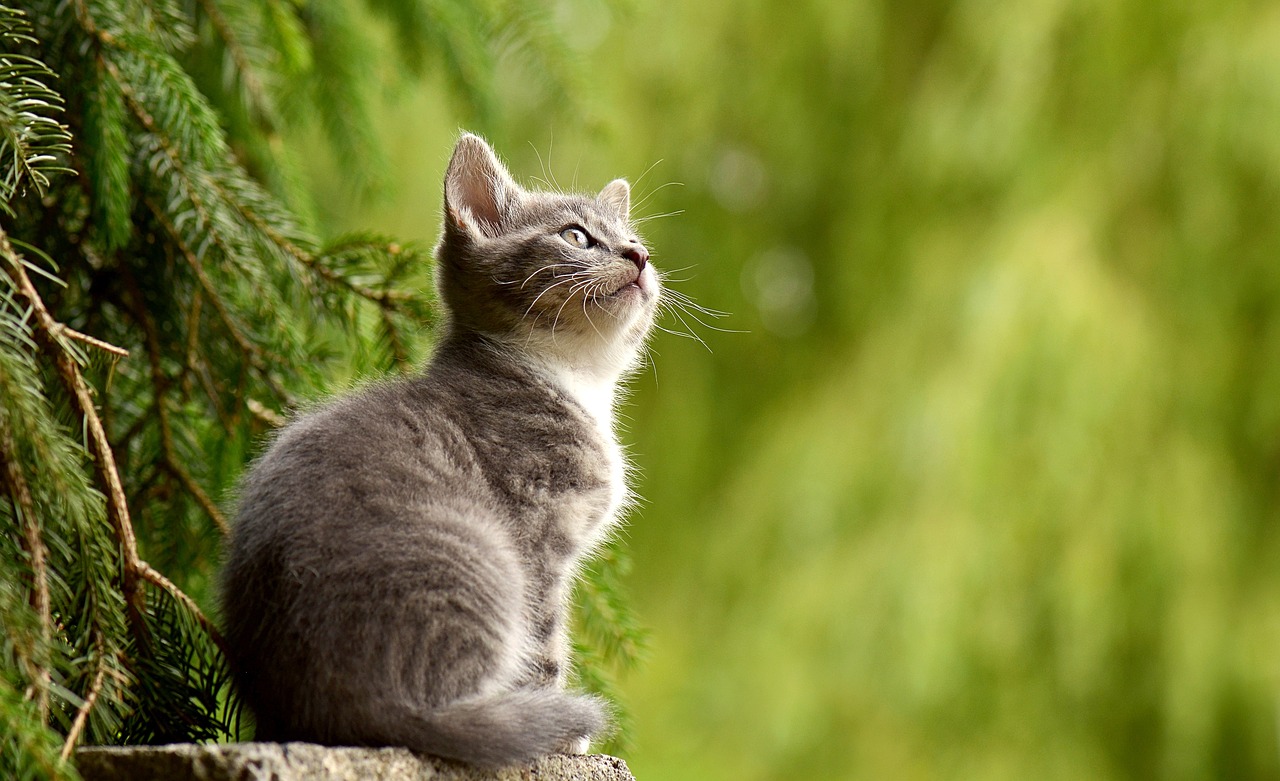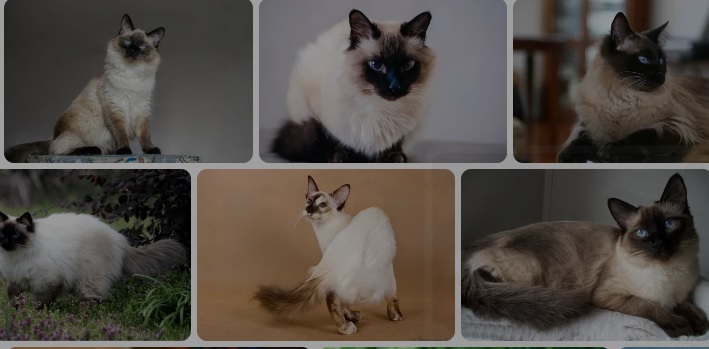The Balinese cat captivates feline enthusiasts with its striking beauty and charming personality. Known for their long, silky fur and vivid blue eyes, Balinese cats combine elegance with playfulness. Understanding their origin and unique traits is essential, especially for prospective owners looking for a “balinese cat for sale.” This guide will delve into various aspects of Balinese cats, from their history and physical characteristics to care requirements, ensuring you make an informed decision if you decide to welcome one into your home.
Origin and History of Balinese Cats
The Balinese cat, often referred to as the “long-haired Siamese,” boasts a fascinating origin intertwined with rich history and culture. Let’s explore its journey!
- Developed in the USA: The breed emerged in the mid-20th century, primarily in California. Breeders aimed to combine the graceful appearance of the Siamese with a long, elegant coat.
- Siamese Ancestry: Balinese cats descend directly from the Siamese lineage. As popular companions, selective breeding sought to enhance their striking features while simultaneously promoting their long fur.
- Unique Traits: Unlike traditional Siamese, which tend to have short hair, Balinese cats exhibit a luscious silky coat, coupled with stunning blue almond-shaped eyes. This breathtaking look appeals to many cat lovers.
- Cultural Significance: The name “Balinese” reflects the beauty, grace, and poise reminiscent of Balinese dancers. It symbolizes a cultural appreciation that parallels the cat’s captivating charm.
- Contemporary Recognition: In the 1960s, cat registries recognized the breed, appreciating its elegance and affectionate nature. Since then, breeders have worked diligently to establish the Balinese as a beloved choice for families.
If you’re considering a balinese cat for sale, you’re not only investing in a pet but also adopting a piece of history that brings elegance and charisma into your life!

Physical Characteristics of Balinese Cats
The Balinese cat stands out due to its striking appearance and graceful demeanor. Here are some key physical characteristics that define this elegant breed:
- Body Structure: Balinese cats have a medium-length, slender body accentuated by strong, muscular features. They exhibit a graceful, athletic build which allows for agile movements.
- Fur: This breed boasts a semi-long coat, which is silky and soft to the touch. Their fur is often described as feather-like, with a double coat that provides some insulation yet remains relatively low maintenance.
- Color Point Pattern: Like their Siamese ancestors, Balinese cats display a color-point pattern. This means their bodies are usually lighter than their extremities (ears, paws, face, and tail). Common colors include:
- Seal
- Blue
- Chocolate
- Lilac
- Eye Color: They feature striking blue eyes that are almond-shaped, enhancing their exotic look.
- Tail: The Balinese cat has a long, plumed tail, which is a hallmark of the breed. It often carries this tail high, exemplifying its confident nature.
When searching for a balinese cat for sale, consider these features to ensure you select the right companion that embodies the elegance and charm characteristic of this breed. Balinese cats not only captivate with their beauty, but also with their affectionate and social temperament, making them wonderful additions to any household.
Temperament and Behavior Traits
The Balinese cat is well-known for its striking beauty and affectionate personality. When considering a balinese cat for sale, it’s crucial to understand their unique temperament and behavior traits:
- Affectionate: Balinese cats thrive on human interaction. They are social and enjoy being around their owners, often seeking out attention and affection. Expect to form a strong bond with your new feline friend.
- Intelligent: These cats are highly intelligent, making them quick learners. They love to engage in interactive play and puzzles, which helps keep their minds stimulated.
- Playful: Balinese cats maintain a playful spirit well into adulthood. They’ll often entertain you with their playful antics, so be prepared to provide plenty of toys and activities.
- Vocal: They are quite vocal, often expressing their wants and needs through a range of distinctive sounds. Be ready for a chatty companion who enjoys “talking” with you.
- Curious: Their inquisitive nature means they like to explore. It’s essential to create a safe environment, ensuring that your home is cat-proofed for their curious tendencies.
In summary, if you’re in the market for a balinese cat for sale, you can look forward to welcoming a loving, intelligent, and playful member into your family—one that will undoubtedly bring joy and companionship to your life.
Care and Maintenance Requirements
Caring for a Balinese cat requires attention to their unique needs. These affectionate felines thrive with proper care, ensuring they enjoy a healthy and fulfilling life. Here’s what you need to consider:
Daily Care Routine
- Playtime: Balinese cats are playful and intelligent. Engage them with interactive toys daily, which helps in mental stimulation and physical exercise.
- Social Interaction: They hate being alone. Spend quality time with your Balinese cat to satisfy their social nature.
Litter Box Maintenance
- Cleaning Schedule: Scoop the litter box daily to maintain hygiene. Change the litter entirely at least once a week to prevent odors.
Environment Enrichment
- Scratching Posts and Towers: Provide scratching posts and climbing towers. This satisfies their instinct to scratch and keeps them active.
- Safe Spaces: Create cozy hiding spots and elevated areas for your cat to feel secure.
Regular Vet Visits
- Schedule annual check-ups to monitor your Balinese cat’s health. Vaccinations and preventive care help avoid potential health issues.
Ideal Living Conditions
- Ensure your home is safe and stimulating. Balinese cats are curious and love to explore, so remove hazards and provide engaging environments.
When looking for a balinese cat for sale, ensure you can meet these care and maintenance requirements. This commitment is crucial for the well-being of your future feline friend.

Nutrition and Dietary Needs
When considering a Balinese cat for sale, understanding their nutrition and dietary requirements is crucial for their well-being. These cats have specific needs based on their age, weight, and activity level. Here’s a breakdown of essential dietary considerations:
- High-Quality Protein: Prioritize cat food with real meat as the primary ingredient. Balinese cats are active and need proteins from sources like chicken, turkey, or fish to support their muscle development.
- Balance of Nutrients: Ensure the diet includes:
- Fats: Healthy fats, like omega-3 fatty acids, contribute to a shiny coat.
- Carbohydrates: Provide energy with digestible carbs, but keep them minimal.
- Hydration: Always offer fresh water, as hydration is essential. Consider wet food options that can help maintain fluid intake.
- Life Stage Formulas: Choose cat food designed for specific life stages:
- Kitten food for younger cats to support growth
- Adult formulas for maintaining health in mature cats
Sample Nutrition Comparison Table
| Nutrient | Recommended Amount |
|---|---|
| Protein | 30-40% of total diet |
| Fat | 15-20% of total diet |
| Carbohydrates | 5-10% (minimal) |
In conclusion, investing in a Balinese cat for sale not only requires financial considerations but also a commitment to proper nutrition. Ensure you’re providing a well-balanced diet tailored to their specific needs, setting the stage for a healthy and happy life.
Health Issues to Consider
Balinese cats are generally healthy, but like any breed, they can have specific health issues. When looking for a balinese cat for sale, it’s important to understand these potential challenges to ensure your new pet enjoys a long, healthy life.
Common Health Concerns:
- Genetic Disorders: Balinese cats are prone to certain genetic conditions, such as:
- Hypertrophic Cardiomyopathy (HCM): A heart condition that can lead to serious complications.
- Spinal Muscular Atrophy (SMA): A genetic disorder affecting muscle function.
- Dental Issues: These cats are also susceptible to dental problems. Regular dental care is crucial to prevent:
- Gingivitis: Inflammation of the gums.
- Periodontal disease: Infection around the tooth that can lead to tooth loss.
- Obesity: Balinese cats love to eat, so monitoring their weight is essential to avoid obesity-related health problems.
Prevention Tips:
To mitigate these health issues, consider the following:
- Choose a Reputable Breeder: Always opt for a breeder who tests for genetic disorders.
- Regular Veterinary Check-ups: Schedule annual health check-ups to catch any potential problems early.
- Balanced Diet and Exercise: Ensure your cat receives a nutritious diet tailored to their needs and provide regular opportunities for play and exercise.
By addressing these concerns, you’ll be well-prepared to provide a loving and healthy environment for your Balinese cat. When searching for a balinese cat for sale, don’t hesitate to ask sellers about health screenings and guarantees.
Grooming Tips for Balinese Cats
Grooming plays a vital role in maintaining your Balinese cat’s health and appearance. These elegant felines possess medium-length, silky fur that requires regular attention. Here are some essential grooming tips to keep your Balinese cat looking its best:
- Brush Regularly: Utilize a fine-toothed comb or a slicker brush to remove loose hair and prevent tangles. Aim for brushing 2-3 times per week. This reduces shedding and helps manage hairballs.
- Bath Occasionally: Although Balinese cats groom themselves well, an occasional bath can help keep their coat shiny and clean. Use a gentle cat shampoo and rinse thoroughly.
- Trim Claws: Keep your cat’s claws trimmed to prevent them from becoming too sharp or causing injury. Aim to trim them every 3-4 weeks.
- Check Ears and Eyes: Regularly inspect your Balinese cat’s ears for dirt or wax buildup. Clean them with a damp cotton ball if needed. Additionally, check their eyes for any discharge.
- Dental Care: Start a dental hygiene routine early. Brush your cat’s teeth several times a week with toothpaste designed for cats, helping to prevent dental issues later on.
By following these grooming tips, you can ensure that your Balinese cat remains healthy and happy. If you’re looking for a Balinese cat for sale, consider finding a reputable breeder who emphasizes proper care from day one.

Choosing a Breeder or Adoption Center
When you’re on the journey to find a balinese cat for sale, selecting the right breeder or adoption center is crucial. It directly impacts the well-being of your future feline friend. Here are some helpful tips to guide your decision:
1. Research and Recommendations
- Ask for referrals: Consult with local vets or cat enthusiasts for reputable breeders or shelters.
- Online reviews: Check social media and pet forums for firsthand experiences.
2. Visit in Person
- Inspection: Always visit in person to assess the living conditions of the cats.
- Meet the parents: Interaction with the mother and father can give you insight into temperament.
3. Evaluate breeder practices
- Health screenings: Ensure the breeder conducts health tests for common genetic issues in Balinese cats.
- Socialization: Look for a breeder who socializes their kittens, fostering a well-adjusted pet.
4. Adoption Center Factors
- Reputable organizations: Choose centers affiliated with recognized animal welfare groups.
- Transparency: A good shelter will provide detailed information about the cat’s background and health status.
5. Cost Considerations
- Adoption fees versus purchase prices: Compare the costs of getting a Balinese from adoption centers versus breeders. Adoption is often more affordable and may include vaccinations and spaying/neutering.
In conclusion, whether you opt for a breeder or an adoption center when searching for a balinese cat for sale, thorough research ensures you find a healthy and happy companion.
Cost and Financial Considerations
When considering bringing a Balinese cat into your home, it’s essential to evaluate the overall expenses involved. The cost of owning a Balinese cat can vary significantly based on various factors. Here’s a simple breakdown:
- Purchase Price: Expect to pay between $1,000 to $2,500 for a Balinese cat for sale from a reputable breeder. Prices can fluctuate depending on lineage and breeder reputation.
- Initial Setup Costs: Prepare for initial investments, which might include:
- Litter box and litter: $20 – $50
- Food and water bowls: $15 – $30
- Scratching posts and toys: $50 – $100
- Bed or carrier: $30 – $100
- Recurring Expenses: After bringing your new feline friend home, consider ongoing costs:
- Food: $40 – $100 per month depending on quality
- Routine vet check-ups: $100 – $300 annually
- Grooming: If you prefer professional grooming, budget $50 – $100 per session.
- Emergency Fund: It’s wise to set aside funds for unexpected veterinary bills, potentially $500 or more.
| Expense Category | Estimated Cost |
|---|---|
| Purchase Price | $1,000 – $2,500 |
| Initial Setup Costs | $115 – $280 |
| Recurring Monthly Cost | $40 – $100+ |
By understanding the financial commitments involved in owning a Balinese cat, you can make an informed decision and ensure your new companion receives the care they deserve.
Preparing Your Home for a Balinese Cat
Bringing a Balinese cat into your home can be an exciting adventure. However, proper preparations ensure a smooth transition for both you and your new feline friend. Here are some essential steps to consider when getting ready for your Balinese cat for sale:
- Create a Safe Environment:
- Remove hazards such as toxic plants, sharp objects, and small items that a curious cat might swallow.
- Secure windows and balconies to prevent accidental escapes.
- Designate a Space:
- Set up a quiet area with a cozy bed, litter box, and food and water bowls. Balinese cats appreciate having their own space.
- Choose Appropriate Furnishings:
- Invest in cat trees and scratching posts. These provide entertainment and help prevent furniture damage.
- Consider using cat-safe furniture materials—cats love to climb and scratch.
- Gather Essentials:
- Stock up on food, bowls, toys, and grooming supplies. Don’t forget a litter box and high-quality litter.
- Research the best nutrition options for your Balinese cat’s age and health.
- Establish a Routine:
- Create a schedule for feeding, playtime, and litter box cleaning. Cats thrive on routine and feel more secure with consistency.
By following these steps, you’ll ensure your home is ready to welcome a Balinese cat. A well-prepared environment enhances your cat’s comfort, making the adoption experience even more rewarding. Before purchasing, consider looking for listings of Balinese cats for sale to find the perfect match for your family.
Frequently Asked Questions
What is a Balinese cat and what are its distinguishing features?
The Balinese cat is a breed known for its long, silky fur, striking blue almond-shaped eyes, and beautiful color-point pattern, which resembles that of the Siamese cat. They are medium-sized cats with a graceful build, featuring an elegant, long tail that resembles a plume. Their coat is often considered hypoallergenic due to its low shedding. Balinese cats are also characterized by their sociable and playful nature, making them delightful companions.
What kind of temperament can I expect from a Balinese cat?
Balinese cats are known for their affectionate and outgoing temperament. They are playful, friendly, and often form strong bonds with their owners. Their sociable nature means they usually get along well with children and other pets. Balinese cats are quite vocal, often engaging in ‘conversations’ with their humans, and they thrive on interaction. They require mental and physical stimulation to keep them happy and prevent boredom.
How much maintenance do Balinese cats require?
Although Balinese cats have long fur, they require relatively low grooming maintenance compared to other long-haired breeds, primarily because their hair is less prone to matting. Regular brushing, ideally once a week, keeps their coat shiny and healthy while minimizing shedding. It’s also important to clean their ears, trim their nails, and provide dental care. Overall, their grooming needs are manageable, making them suitable for cat owners who want a beautiful yet low-maintenance pet.
What health issues are common in Balinese cats?
Balinese cats are generally healthy but, like all breeds, they can be prone to specific genetic health issues. Common conditions include hypertrophic cardiomyopathy (HCM), a heart disease that can be serious. Regular veterinary check-ups are essential for early detection of such issues. Additionally, because Balinese cats are known to be more susceptible to certain respiratory conditions due to their lineage, monitoring their health and ensuring they live in a clean environment can help prevent illnesses.
What should I consider before purchasing a Balinese cat?
Before purchasing a Balinese cat, consider factors such as your lifestyle, as they require attention and companionship. Ensure that you can commit to their social needs and provide a stimulating environment. It’s also essential to select a reputable breeder who prioritizes health and temperament over appearance. Additionally, assess your budget, as the initial acquisition cost can vary, along with ongoing expenses for food, grooming, and veterinary care. Ensuring compatibility with any existing pets in your home is crucial for a harmonious living situation.



